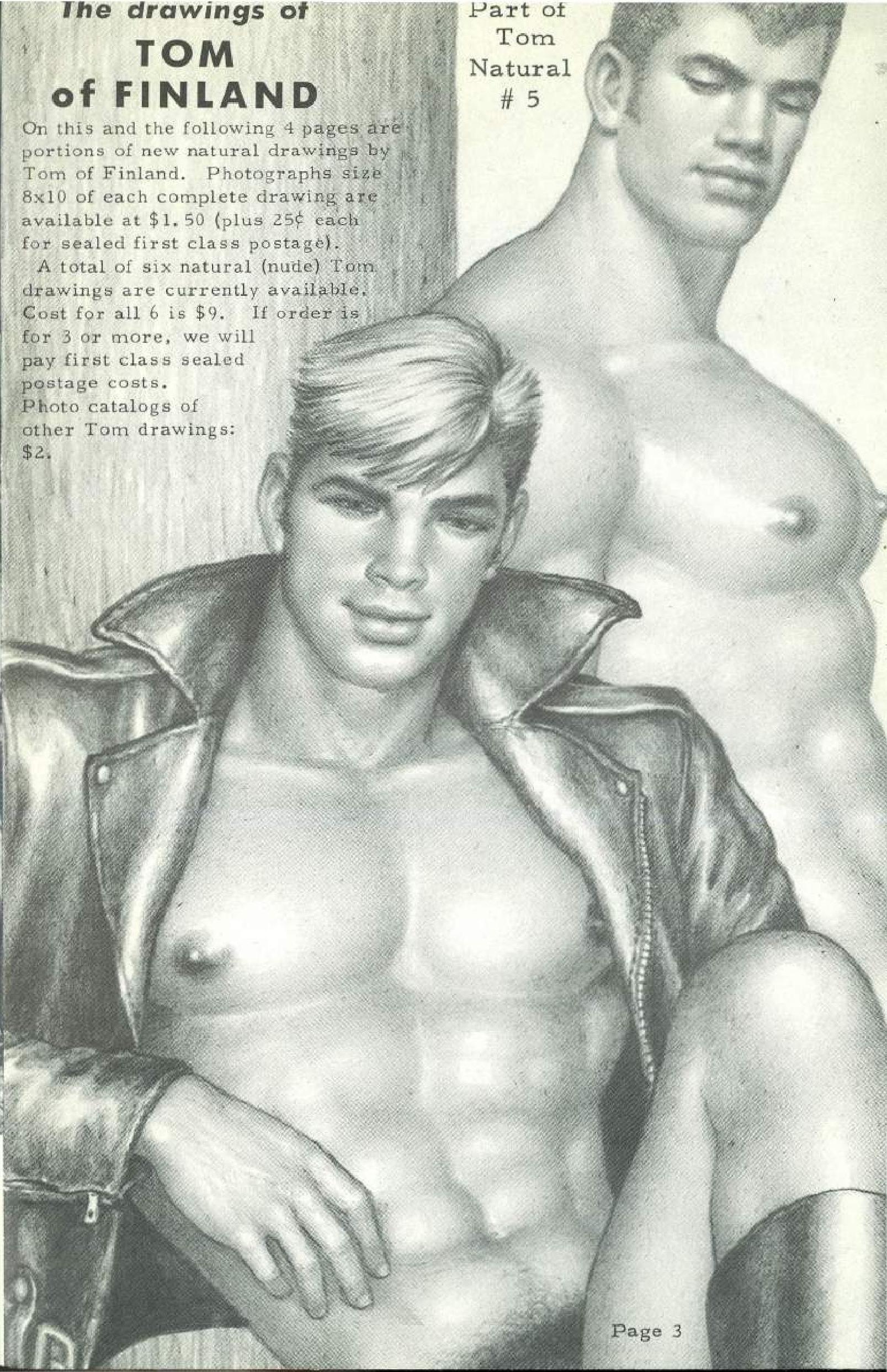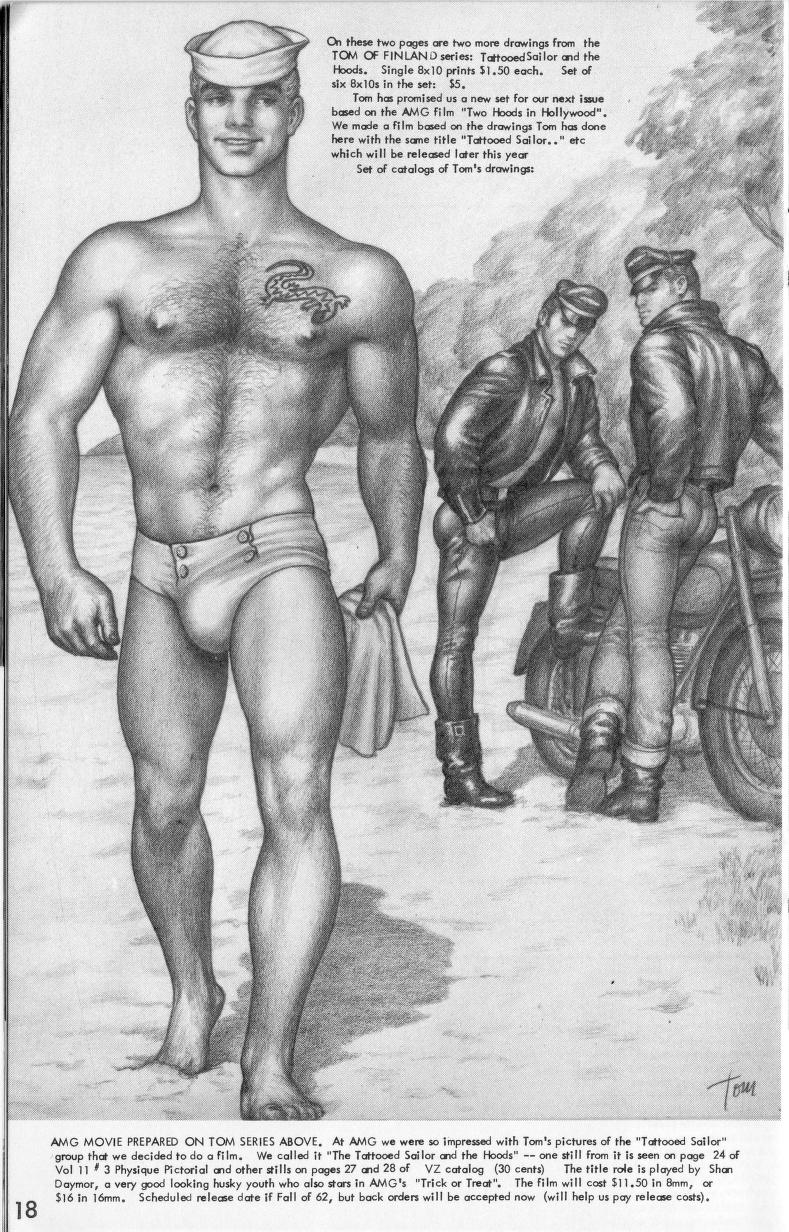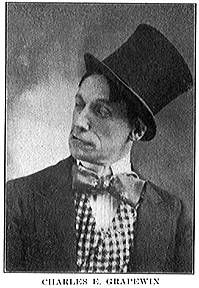|
Tom Of Finland
Touko Valio Laaksonen (8 May 1920 – 7 November 1991), known by the pseudonym Tom of Finland, was a Finnish artist who made stylized highly masculinized erotic art, and influenced late 20th-century gay culture. He has been called the "most influential creator of gay pornographic images" by cultural historian Joseph W. Slade.Slade, Joseph W.Pornography and Sexual Representation: A Reference Guide, Volume 2.Pp. 545–546. Greenwood Publishing Group, 2001. Over the course of four decades, he produced some 3,500 illustrations, mostly featuring men with exaggerated sexual traits, wearing tight or partially removed clothing. Early life Laaksonen was born on 8 May 1920 and raised by a middle-class family in Kaarina, a town in southwestern Finland, near the city of Turku.Löfström, pp. 189. Both of his parents Suoma and Edwin Laaksonen were schoolteachers at the grammar school that served Kaarina. The family lived in the school building's attached living quarters. He went to s ... [...More Info...] [...Related Items...] OR: [Wikipedia] [Google] [Baidu] |
Kake (comics)
Kake ( ; ) is a fictional character created by Tom of Finland, the pseudonym of Finnish artist Touko Laaksonen. A gay leatherman distinguished by his hypermasculine physical characteristics and his frequent sexual encounters, Kake appears as the title character of a 26-issue erotic comic book series published by Laaksonen from 1968 to 1986. Though Laaksonen drew artwork featuring leathermen as early as the 1950s, the ongoing ''Kake'' comic was originally commissioned by the Danish pornography publishing house DFT in the late 1960s. It was Laaksonen's first comic to be sold as individual comic books; his previous comics in the magazine ''Physique Pictorial'' were published as partial excerpts, with the full work sold separately by mail order as a set of five to fifteen printed panels. The publication of ''Kake'' transferred to Revolt Press in 1971, and to the Tom of Finland Company in 1982. Laaksonen's illustrations of leathermen, as exemplified by Kake, significantly influence ... [...More Info...] [...Related Items...] OR: [Wikipedia] [Google] [Baidu] |
Kaarina
Kaarina (; , i.e. "Catherine of Alexandria, Saint Catherine's") is a town in Finland, located in the region of Southwest Finland. It lies south of the regional capital, Turku. The population of Kaarina is approximately , while the Turku sub-region, sub-region has a population of approximately . It is the most populous Municipalities of Finland, municipality in Finland, and the second largest municipality in the Southwest Finland region after Turku. Kaarina has an area of of which is water. The population density is . The municipality is Languages of Finland#Territorial bilingualism, unilingual Finnish, with a Swedish minority and a Swedish comprehensive school. Bilingualism was proposed but rejected in 2015. The famous artist Tom of Finland was born in Kaarina. Kaarina has a football team called Kaarinan Pojat. The Kino Piispanristi is the largest independent cinema in Southwest Finland. The municipality of Kuusisto (island), Kuusisto was merged with Kaarina in 1946. The mu ... [...More Info...] [...Related Items...] OR: [Wikipedia] [Google] [Baidu] |
Nazism
Nazism (), formally named National Socialism (NS; , ), is the far-right totalitarian socio-political ideology and practices associated with Adolf Hitler and the Nazi Party (NSDAP) in Germany. During Hitler's rise to power, it was frequently referred to as Hitler Fascism () and Hitlerism (). The term " neo-Nazism" is applied to other far-right groups with similar ideology, which formed after World War II, and after Nazi Germany collapsed. Nazism is a form of fascism, with disdain for liberal democracy and the parliamentary system. Its beliefs include support for dictatorship, fervent antisemitism, anti-communism, anti-Slavism, anti-Romani sentiment, scientific racism, white supremacy, Nordicism, social Darwinism, homophobia, ableism, and the use of eugenics. The ultranationalism of the Nazis originated in pan-Germanism and the ethno-nationalist '' Völkisch'' movement which had been a prominent aspect of German ultranationalism since the late 19th centu ... [...More Info...] [...Related Items...] OR: [Wikipedia] [Google] [Baidu] |
Vaudeville
Vaudeville (; ) is a theatrical genre of variety entertainment which began in France in the middle of the 19th century. A ''vaudeville'' was originally a comedy without psychological or moral intentions, based on a comical situation: a dramatic composition or light poetry, interspersed with songs and dances. Vaudeville became popular in the United States and Canada from the early 1880s until the early 1930s, while changing over time. In some ways analogous to music hall from Victorian Britain, a typical North American vaudeville performance was made up of a series of separate, unrelated acts grouped together on a common bill. Types of acts have included popular and classical musicians, singers, dancers, comedians, trained animals, magicians, ventriloquists, strongmen, female and male impersonators, acrobats, clowns, illustrated songs, jugglers, one-act plays or scenes from plays, athletes, lecturing celebrities, minstrels, and films. A vaudeville performer ... [...More Info...] [...Related Items...] OR: [Wikipedia] [Google] [Baidu] |
Sissy
''Sissy'' (derived from ''sister''), also ''sissy baby'', ''sissy boy'', ''sissy man'', ''sissy pants'', etc., is a pejorative term for a boy or man who does not demonstrate masculine traits, and shows possible signs of fragility. Generally, ''sissy'' implies a lack of courage, strength, athleticism, coordination, testosterone, male libido, and stoicism. A man might also be considered a sissy for being interested in stereotypically feminine hobbies or employment (e.g., being fond of fashion), displaying effeminate behavior, being unathletic or being homosexual. ''Sissy'' is, approximately, the male converse of '' tomboy'' (a girl with masculine traits or interests), but carries more strongly negative connotations. Research published in 2015 suggests that the terms are asymmetrical in their power to stigmatize: ''sissy'' is almost always pejorative and conveys greater severity, while ''tomboy'' rarely causes as much concern but also elicits pressure to conform to social expectatio ... [...More Info...] [...Related Items...] OR: [Wikipedia] [Google] [Baidu] |
Counterculture
A counterculture is a culture whose values and norms of behavior differ substantially from those of mainstream society, sometimes diametrically opposed to mainstream cultural mores.Eric Donald Hirsch. ''The Dictionary of Cultural Literacy''. Houghton Mifflin. . (1993) p. 419. "Members of a cultural protest that began in the U.S. In the 1960s and Europe before fading in the 1970s... fundamentally a cultural rather than a political protest." A countercultural movement expresses the ethos and aspirations of a specific population during a well-defined era. When oppositional forces reach critical mass, countercultures can trigger dramatic cultural changes. Countercultures differ from subcultures. Prominent examples of countercultures in the Western world include the Levellers (1645–1650), Bohemianism (1850–1910), the more fragmentary counterculture of the Beat Generation (1944–1964), and the globalized counterculture of the 1960s which in the United States consisted prim ... [...More Info...] [...Related Items...] OR: [Wikipedia] [Google] [Baidu] |
Postwar Period
A post-war or postwar period is the interval immediately following the end of a war. The term usually refers to a varying period of time after World War II, which ended in 1945. A post-war period can become an interwar period or interbellum, when a war between the same parties resumes at a later date (such as the period between World War I and World War II). By contrast, a post-war period marks the cessation of armed conflict entirely. Post-World War II in the United States Chronology of the post–World War II era The term "post-war" can have different meanings in different countries and refer to a period determined by local considerations based on the effect of the war there. Considering the post-war era as equivalent to the Cold War era, post-war sometimes includes the 1980s, putting the end at 26 December 1991, with the dissolution of the Soviet Union. The 1990s and the 21st century are sometimes described as part of the post-war era, but the more specific designation " ... [...More Info...] [...Related Items...] OR: [Wikipedia] [Google] [Baidu] |
Motorcycling
Motorcycling is the act of riding a motorcycle. For some people, motorcycling may be the only affordable form of individual motorized transportation, and small-engine displacement, displacement motorcycles are the most common motor vehicle in the most populous countries, including India, China and Indonesia. In developing country, developing countries, motorcycles are overwhelmingly utilitarian due to lower prices and greater Motorcycle#Fuel economy, fuel economy. Of all motorcycles, 58% are in the Asia Pacific and Southern and Eastern Asia regions, excluding car-centric Japan. Motorcycles are mainly a luxury good in Developed country, developed nations, where they are used mostly for recreation, as a lifestyle accessory or a symbol of personal identity. Beyond being a mode of motor transportation or Motorcycle sport, sport, motorcycling has become a :motorcycling subculture, subculture and lifestyle (sociology), lifestyle. Although mainly a solo activity, motorcycling can be ... [...More Info...] [...Related Items...] OR: [Wikipedia] [Google] [Baidu] |
Aftermath Of World War II
The aftermath of World War II saw the rise of two global superpowers, the United States (U.S.) and the Soviet Union (U.S.S.R.). The aftermath of World War II was also defined by the rising threat of nuclear warfare, the creation and implementation of the United Nations as an intergovernmental organization, and the decolonization of Asia, Oceania, South America and Africa by European and East Asian powers, most notably by the United Kingdom, French Fourth Republic, France, and Occupation of Japan, Japan. Once Allies of World War II, allies during World War II, the U.S. and the U.S.S.R. became competitors on the world stage and engaged in the Cold War, so called because it never resulted in overt, declared total war between the two powers. It was instead characterized by espionage, political subversion and proxy wars. Western Europe was rebuilt through the American Marshall Plan, whereas Central and Eastern Europe fell under the Soviet sphere of influence and eventually behind an " ... [...More Info...] [...Related Items...] OR: [Wikipedia] [Google] [Baidu] |
Homoeroticism
Homoeroticism is sexual attraction between members of the same sex, including both male–male and female–female attraction. The concept differs from the concept of homosexuality: it refers specifically to the desire itself, which can be temporary, whereas "homosexuality" implies a more permanent state of identity or sexual orientation. It has been depicted or manifested throughout the history of the visual arts and literature and can also be found in performative forms; from theatre to the theatricality of uniformed movements (e.g., the Wandervogel and Adolf Brand, Gemeinschaft der Eigenen). According to the ''Oxford English Dictionary'', it is "pertaining to or characterized by a tendency for erotic emotions to be centered on a person of the same sex; or pertaining to a homo-erotic person." This is a relatively recent dichotomyFlood, 2007, p. 307. that has been studied in the earliest times of History of poetry, ancient poetry to Drama#Modern and postmodern, modern drama by mo ... [...More Info...] [...Related Items...] OR: [Wikipedia] [Google] [Baidu] |
Log Driving
Log driving is a means of moving logs (sawn tree trunks) from a forest to sawmills and pulp mills downstream using the current of a river. It was the main transportation method of the early logging industry in Europe and North America. History When the first sawmills were established, they were usually small water-powered facilities located near the source of timber, which might be converted to grist mills after farming became established when the forests had been cleared. Later, bigger circular sawmills were developed in the lower reaches of a river, with the logs floated down to them by log drivers. In the broader, slower stretches of a river, the logs might be bound together into timber rafts. In the smaller, wilder stretches of a river where rafts couldn't get through, masses of individual logs were driven down the river like huge herds of cattle. "Log floating" in Sweden (''timmerflottning'') had begun by the 16th century, and 17th century in Finland (''tukinuitto''). Th ... [...More Info...] [...Related Items...] OR: [Wikipedia] [Google] [Baidu] |
Bob Mizer
Robert Henry Mizer (March 27, 1922 – May 12, 1992) was an American photographer and filmmaker, known for pushing boundaries of depicting male homoerotic content with his work in the mid 20th century. Biography Bob Mizer's earliest photographs appeared in 1942, in both color and black and white. He began his photography career apprenticing with former silent film star Frederick Kovert, who operated a physique studio in Hollywood. In spite of societal expectations and pressure from law enforcement, Mizer built a veritable empire on his beefcake photographs and films. He established the influential studio, the Athletic Model Guild (AMG) in 1945, but by the time he published the first issue of '' Physique Pictorial'' he was operating the studio on his own at his home near downtown Los Angeles. He photographed thousands of men, building a collection that includes nearly two million different images and thousands of films and videotapes. In the 1950s, several photographers were ... [...More Info...] [...Related Items...] OR: [Wikipedia] [Google] [Baidu] |







